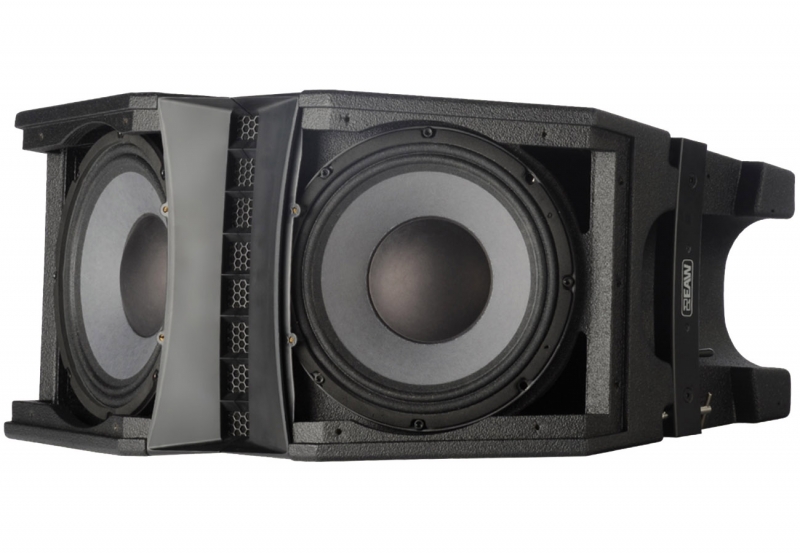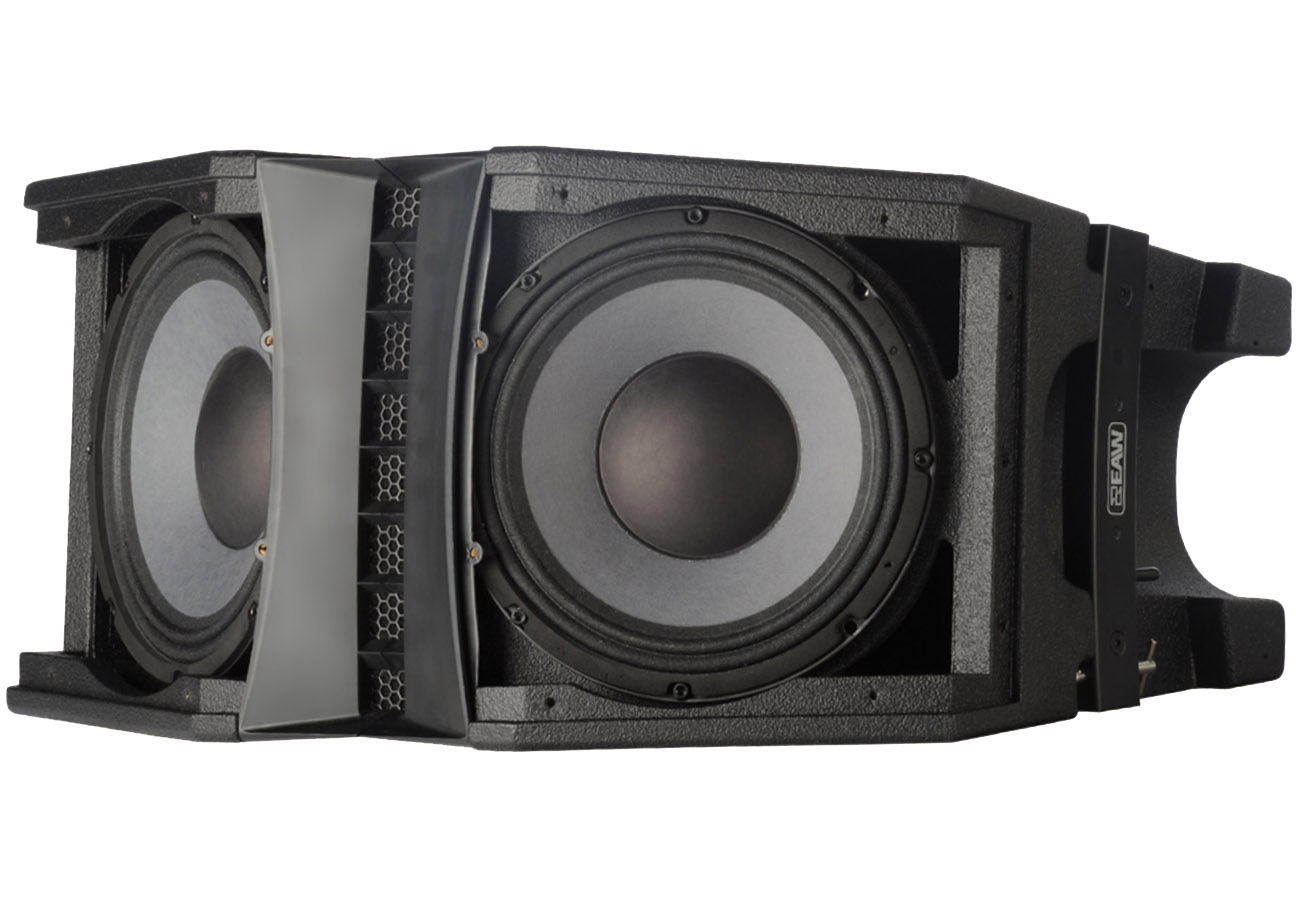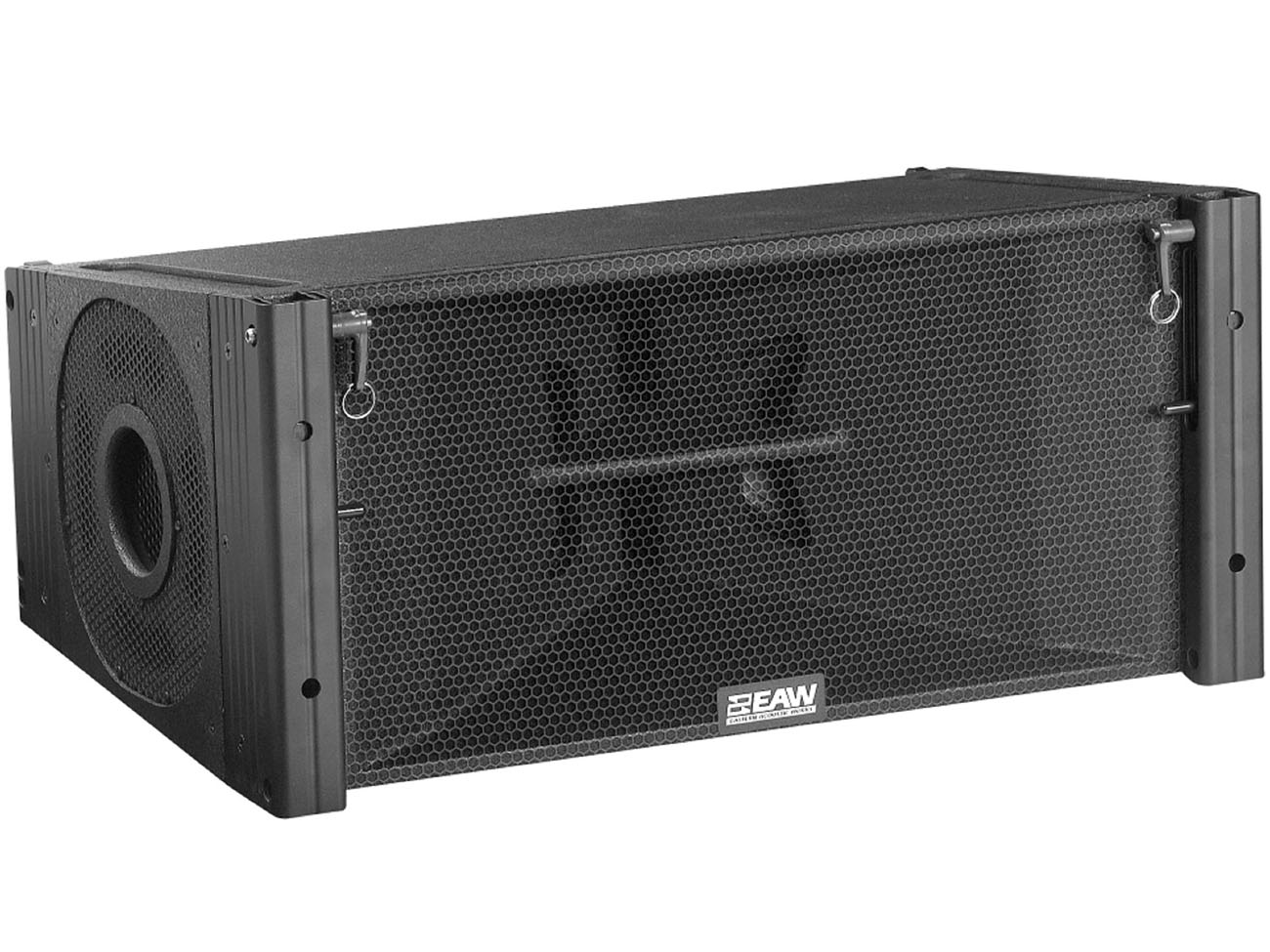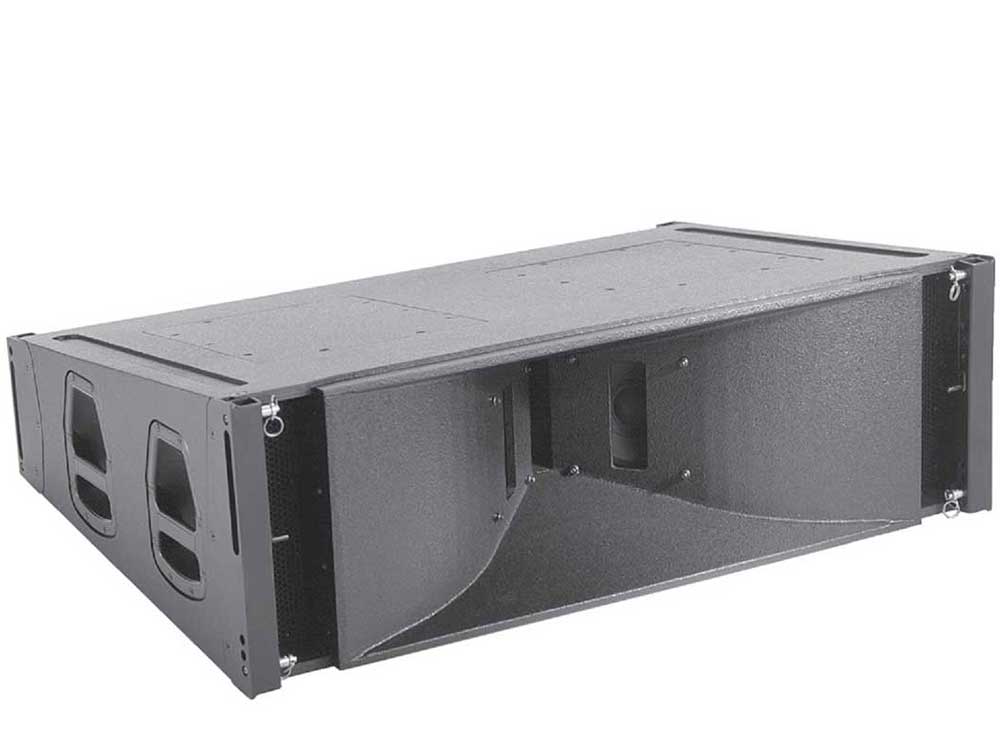Sound line array
20 November 2023

|
In the fast-paced world of live events, sound quality is often the make-it-or-break-it factor that determines the success of a production. With the advancement of sound line array technology, the future of sound is being revolutionized to deliver an exceptional audio experience like never before. Join us as we delve into the world of sound line array technology and discover how it is revolutionizing live events, setting a new standard for immersive audio experiences. Get ready to be amazed by the power of sound. Advantages of Sound Line Array Technology Sound line array technology offers numerous advantages over traditional sound systems, making it a game-changer in the live events industry. One key advantage is its ability to provide consistent sound coverage throughout the venue. Unlike conventional systems that have limitations in terms of dispersion and reach, sound line arrays use multiple speakers arranged vertically to create a seamless sound distribution. This ensures that every person in the audience, regardless of their location, experiences the same high-quality audio. Another advantage of sound line array technology is its ability to achieve greater sound projection. By precisely angling and aiming the speakers, sound can be directed to specific areas, reducing unwanted reflections and maximizing clarity. This is particularly important in venues with challenging acoustics or outdoor environments where sound dispersion can be more unpredictable. Furthermore, sound line array systems offer improved scalability and flexibility. With modular designs, different configurations can be easily adapted to suit various venue sizes and layouts. This versatility allows event organizers to provide optimal sound solutions for different types of events, whether it's a small conference or a large-scale concert. Additionally, the compact size and lightweight nature of line array speakers make them easier to transport and set up, saving time and resources. In summary, the advantages of sound line array technology include consistent sound coverage, greater projection, and scalability. These benefits contribute to an enhanced audio experience for audiences, making it an essential tool for live event professionals. Evolution and History of Sound Line Array Technology The concept of line array speakers dates back several decades, but it was not until recent advancements in technology that sound line array systems became the go-to solution for live events. The evolution of this technology can be traced back to the 1960s when the need for improved sound dispersion in large venues became evident. At the time, column speakers were commonly used, but they had limitations in terms of power output and frequency response. As a result, sound engineers began experimenting with the concept of stacking multiple speakers vertically to create a more effective sound distribution system. This marked the birth of the early line array prototypes. Over the years, sound line array technology continued to evolve, driven by advancements in speaker design, signal processing, and acoustical engineering. The introduction of digital signal processing (DSP) allowed for precise control and optimization of the sound signal, further enhancing the performance of line array systems. Additionally, the development of neodymium magnets and lightweight materials made it possible to create more compact and portable line array speakers. Today, sound line array technology has become the industry standard for large-scale live events. It has come a long way from its humble beginnings, thanks to the relentless pursuit of innovation and a deep understanding of acoustics. With each advancement, line array systems have become more efficient, powerful, and capable of delivering exceptional sound quality to audiences around the world. |
 |
|
Components of a Sound Line Array System A sound line array system consists of several key components working together to create an immersive audio experience. Understanding the different elements of a line array setup is crucial for maximizing its potential and achieving optimal sound quality. The most prominent component of a sound line array system is the line array speaker itself. These speakers are specifically designed to provide controlled horizontal and vertical sound dispersion. They typically consist of multiple drivers, including woofers, midrange drivers, and tweeters, each responsible for reproducing specific frequency ranges. Through careful design and engineering, line array speakers ensure seamless integration between individual drivers, resulting in a cohesive and balanced sound output. Another essential component of a line array system is the subwoofer. Subwoofers are specialized speakers that reproduce low-frequency sounds, adding depth and impact to the overall audio experience. By incorporating subwoofers into a line array setup, event organizers can achieve a more immersive and dynamic sound, particularly for music concerts and other events that heavily rely on bass frequencies. The third component of a sound line array system is the amplifier. Amplifiers play a crucial role in powering the speakers and ensuring that they receive an adequate signal to reproduce sound accurately. Line array systems often utilize dedicated amplifiers with built-in DSP capabilities to optimize the performance of the speakers and provide precise control over various parameters such as EQ, delay, and crossover settings. Lastly, a well-designed sound line array system requires proper rigging and flying hardware. Mounting line array speakers correctly is essential for achieving optimal sound dispersion and coverage. Rigging hardware, such as fly bars and speaker frames, allow for secure and precise positioning of the speakers, ensuring that they are correctly angled and aligned. This step is vital to minimize sound reflections and maximize the system's performance. In summary, a sound line array system comprises line array speakers, subwoofers, amplifiers, and rigging hardware. Each component plays a critical role in delivering an immersive audio experience and must be carefully selected and integrated to achieve optimal results. How Sound Line Array Technology is Revolutionizing Live Events Sound line array technology has become a game-changer in the live events industry, transforming the way sound is delivered and experienced. Its unique capabilities have paved the way for enhanced sound dispersion, improved coverage, and unmatched clarity and precision. One of the key ways sound line array technology is revolutionizing live events is through its ability to provide consistent sound coverage throughout the venue. Traditional sound systems often struggle to evenly distribute sound, resulting in areas with poor audio quality. Line arrays overcome this challenge by using multiple speakers arranged vertically to create a seamless sound distribution. This ensures that every person in the audience, regardless of their location, experiences the same high-quality audio, making every seat in the venue a premium listening experience. Another significant advantage of sound line array technology is its ability to achieve greater sound projection. By precisely angling and aiming the speakers, sound can be directed to specific areas, reducing unwanted reflections and maximizing clarity. This is particularly important in venues with challenging acoustics or outdoor environments where sound dispersion can be more unpredictable. Line arrays provide the control and precision necessary to deliver clear, intelligible sound to the entire audience. Furthermore, sound line array systems offer exceptional clarity and precision, ensuring that every nuance of the audio content is faithfully reproduced. With their ability to reproduce a wide frequency range accurately, line arrays can faithfully reproduce the full spectrum of sound, from delicate whispers to thunderous bass. This level of fidelity allows for a more immersive and engaging audio experience, whether it's a music concert, a theater production, or a corporate event. Additionally, sound line array technology has revolutionized the way sound engineers can optimize the audio experience. The integration of advanced digital signal processing (DSP) capabilities in line array systems allows for fine-tuning and optimization of the sound signal. Through precise control over parameters such as EQ, delay, and crossover settings, sound engineers can achieve optimal system performance, compensating for venue acoustics and delivering a consistent, high-quality sound experience. In summary, sound line array technology is revolutionizing live events by providing consistent sound coverage, greater projection, exceptional clarity, and precision. It has become an essential tool for sound professionals, ensuring that every audience member can enjoy an immersive and unforgettable audio experience. |
 |
|
Challenges and Considerations when Using Sound Line Array Technology While sound line array technology offers numerous advantages, it also comes with its own set of challenges and considerations that need to be addressed for optimal performance. Understanding these factors is essential for event organizers and sound engineers to make informed decisions and overcome potential obstacles. One of the primary challenges when using sound line array technology is ensuring proper system design and configuration. Each venue has unique acoustical properties that can significantly impact the performance of a line array system. Factors such as room dimensions, materials used in construction, and the presence of reflective surfaces all need to be taken into account during the design phase. Failure to address these considerations can result in poor sound quality, excessive reflections, and compromised coverage. Another consideration is the size and weight of the line array speakers. While advancements in materials and speaker design have made line array systems more compact and portable than ever before, they can still be substantial and require careful planning for transportation and rigging. Event organizers need to ensure that the venue can support the weight of the speakers and that the rigging hardware is properly installed and secure. Furthermore, sound line array systems require skilled technicians to operate and optimize their performance. Sound engineers need to have a deep understanding of acoustics, signal processing, and system calibration to ensure that the line array system is correctly configured and fine-tuned. Without proper expertise, the full potential of the technology may not be realized, and the audio experience may suffer. Lastly, budget considerations are an essential factor when adopting sound line array technology. While line array systems offer unparalleled audio quality, they can come with a higher price tag compared to traditional sound setups. Event organizers need to weigh the benefits of line arrays against their budget constraints and consider whether the enhanced audio experience justifies the additional cost. In summary, challenges and considerations when using sound line array technology include proper system design, configuration, weight and rigging requirements, the need for skilled technicians, and budget limitations. By addressing these factors and making informed decisions, event organizers can overcome potential obstacles and maximize the benefits of line array systems. The Impact of Sound Line Array Technology on the Live Events Industry Sound line array technology has had a profound impact on the live events industry, transforming the way sound is delivered and experienced. Its unique capabilities have reshaped the live event landscape and set a new standard for immersive audio experiences. One of the significant impacts of sound line array technology is its ability to provide an exceptional audio experience to every audience member. Traditional sound systems often suffer from limitations in terms of coverage and dispersion, resulting in areas with poor audio quality. Line array systems overcome these challenges by delivering consistent sound coverage throughout the venue, ensuring that every seat is a premium listening experience. This has raised the bar for live event productions, as audiences now expect and demand high-quality audio. Moreover, sound line array technology has contributed to the rise of large-scale events and concerts. With their ability to deliver powerful, clear, and immersive sound, line arrays have become a staple in music festivals, stadium shows, and other large-scale productions. The enhanced audio experience provided by line arrays has allowed event organizers to create truly unforgettable moments, leaving a lasting impression on audiences. In addition to concerts, sound line array technology has also made a significant impact on other types of live events. Conferences and corporate events, for example, can benefit from the precise sound dispersion and clarity of line arrays, ensuring that presentations and speeches are heard clearly by all attendees. The use of line arrays in theaters and performing arts venues has also revolutionized the way live productions are experienced, immersing the audience in rich, detailed soundscapes. Furthermore, the adoption of sound line array technology has driven innovation and competition within the live events industry. With the demand for high-quality audio experiences on the rise, event organizers and sound companies are constantly pushing the boundaries of technology to deliver the best possible sound. This has resulted in advancements in sound engineering, speaker design, and signal processing, further improving the quality and capabilities of line array systems. In summary, sound line array technology has had a profound impact on the live events industry, raising the bar for audio experiences, contributing to the rise of large-scale events, enhancing conferences and theaters, and driving innovation within the industry. Its influence is undeniable, and it will continue to shape the future of sound in live events. Conclusion: The Future of Sound and the Importance of Adopting Sound Line Array Technology As we have explored in this article, sound line array technology is revolutionizing the live events industry, setting a new standard for immersive audio experiences. Its unique capabilities, including consistent sound coverage, greater projection, exceptional clarity, and precision, have transformed the way sound is delivered and experienced. From large-scale concerts to corporate events, line arrays have become an essential tool for event organizers and sound professionals. Looking ahead, the future of sound is undoubtedly tied to the continued advancement of line array technology. As technology evolves, we can expect even more powerful, efficient, and versatile line array systems that push the boundaries of audio quality. Further improvements in speaker design, signal processing, and rigging solutions will continue to enhance the performance and ease of use of line arrays, making them more accessible to a broader range of events. In conclusion, the importance of adopting sound line array technology cannot be overstated. Its ability to deliver consistent sound coverage, greater projection, and exceptional clarity ensures that every person in the audience can have a premium listening experience. By embracing line arrays, event organizers can elevate their productions, leaving a lasting impression on their audiences and setting themselves apart in an increasingly competitive industry. |
 |
